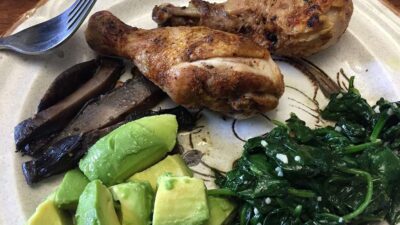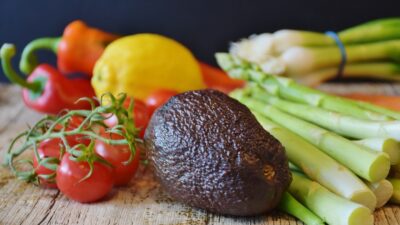A well-balanced diet and exercise plan is essential for maintaining a healthy lifestyle. Whether you want to lose weight, build muscle, or improve overall fitness, the right combination of nutrition and physical activity plays a key role. In this guide, we will explore a structured approach to a successful diet and exercise routine.
Importance of a Diet and Exercise Plan
A structured diet and exercise plan helps in achieving long-term health benefits, such as weight management, increased energy levels, and improved mental health. The synergy between a proper diet and a regular exercise routine ensures that your body gets the right nutrients while burning excess calories effectively.
A Balanced Diet Plan for Optimal Health
A well-rounded diet should include a variety of nutrients to support overall well-being. Here are the key components of a balanced diet:
1. Protein-Rich Foods
- Lean meats, eggs, fish, and plant-based sources like lentils and beans help build and repair muscles.
- Protein intake aids in muscle recovery post-exercise.
2. Healthy Carbohydrates
- Whole grains, fruits, and vegetables provide sustained energy throughout the day.
- Avoid refined carbs like white bread and sugary snacks.
3. Healthy Fats
- Include sources such as avocados, nuts, seeds, and olive oil to support heart health.
- Omega-3 fatty acids from fish are beneficial for brain function.
4. Hydration
- Drinking plenty of water supports digestion, metabolism, and overall bodily functions.
- Aim for at least 8 glasses of water per day.
For more detailed dietary recommendations, check out Harvard’s Healthy Eating Plate.
Exercise Plan for Maximum Results
A well-structured workout routine complements your diet and helps in achieving your fitness goals. Below is a recommended exercise plan:
1. Strength Training
- Incorporate weightlifting or bodyweight exercises at least 3–4 times a week.
- Focus on compound movements like squats, deadlifts, and push-ups to build strength.
2. Cardiovascular Workouts
- Engage in activities like running, cycling, or swimming for heart health.
- Aim for at least 150 minutes of moderate-intensity cardio per week.
3. Flexibility and Mobility Training
- Yoga and stretching exercises improve flexibility and reduce injury risks.
- Include stretching sessions before and after workouts.
Combining Diet and Exercise for Effective Results
A diet and exercise plan should be tailored to individual needs. Here’s how you can maximize results:
- Track your calorie intake to ensure a balance between food consumption and energy expenditure.
- Maintain consistency in workouts to build endurance and strength.
- Focus on portion control to avoid overeating, even with healthy foods.
Conclusion
An effective diet and exercise plan is the foundation of a healthy lifestyle. By incorporating nutrient-rich foods and a structured workout regimen, you can achieve long-term fitness goals. Stay consistent, make adjustments as needed, and enjoy the journey to better health!




